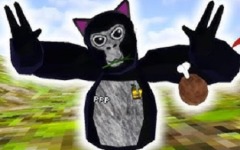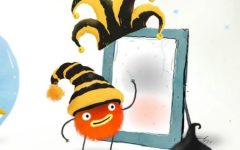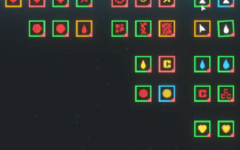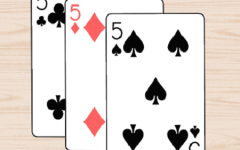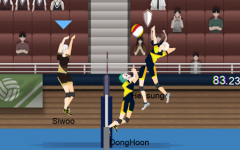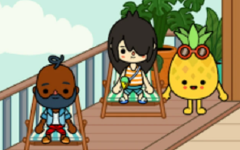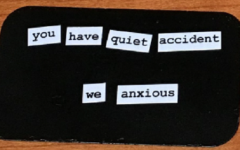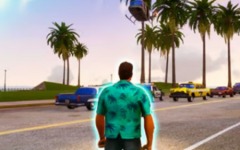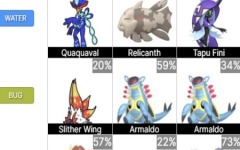Advertisement
Animal Jam Old Version
Advertisement
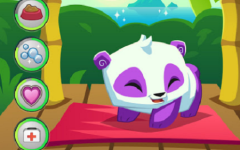
Back in its early days, Animal Jam opened the gates to Jamaa, a digital realm where the wilderness was a playground, and every corner held a lesson about the natural world. Crafted with the insight of National Geographic, this online universe was a bustling ecosystem where kids could embody their favorite animals, decorate dens, and embark on quests filled with facts about flora and fauna. The simplicity of this version, coupled with its vibrant animations and easy-to-understand gameplay, made it a hit among young explorers eager to learn while playing. Each biome, from the icy mountains to the lush rainforests, was a classroom without walls, offering interactive lessons on environmental science and conservation.
Building Bonds in the World of Wildlife
What truly set the old version of Animal Jam apart was its ability to weave connections—not just between players and the environment but among the players themselves. Jamaa was more than a map to navigate; it was a community to belong to, where friendships were formed over shared missions and traded treasures. Animal Jam did not just teach about the animal kingdom; it mirrored the social structures and cooperation found within it, encouraging players to work together and respect one another. This era of the game was a magical blend of play and education, wrapped in a package that resonated with curious minds. It was a space where conservation met creativity, leaving a lasting impact on its youthful audience by showing them the wonders of the wild world through a screen.
























































































































